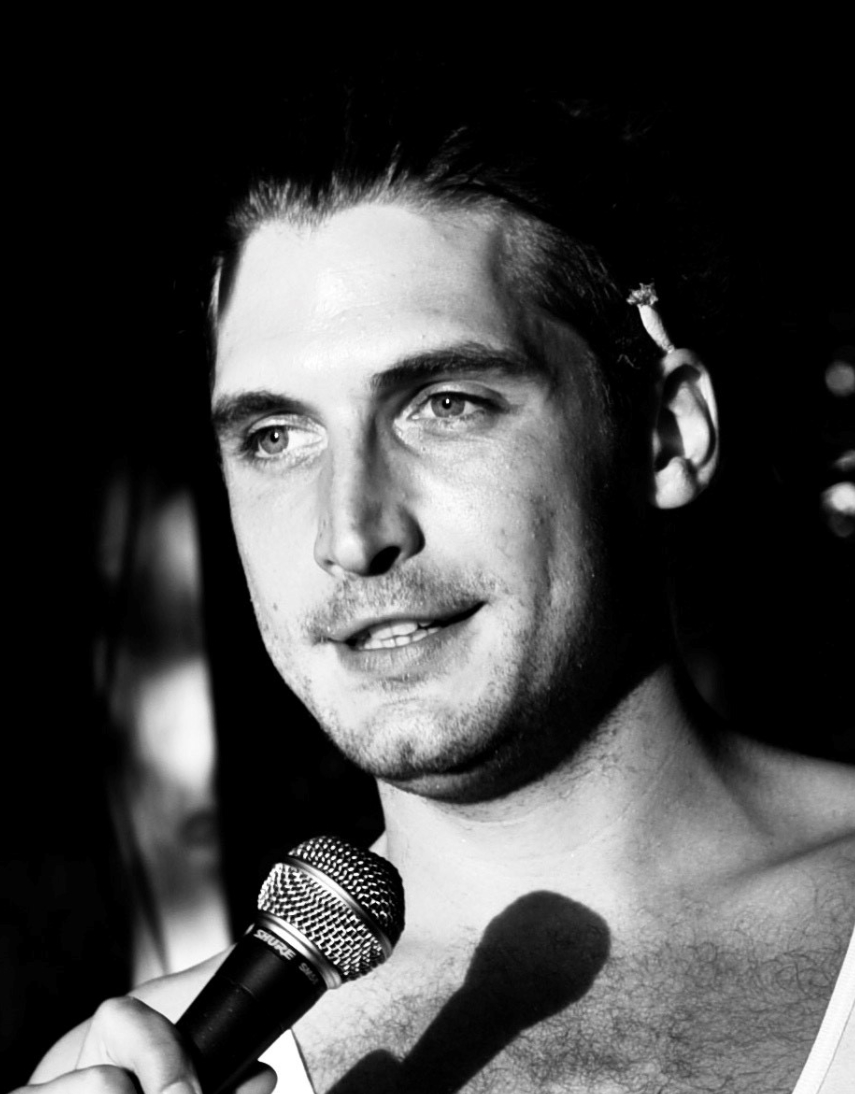
My name is Nils, I recently finished my studies in cultural studies in Berlin. With the submission of my master’s thesis, my two positions as a student employee at the Institute Futur and the Center for Technology and Society have also come to an end. Despite leaving the university, I continue to critically engage with topics such as environmental justice, socio-ecological transformation, and the challenges and implications of a/the new earth age. In this context, I am particularly interested in different forms of narratives of the history and development of the current (multiple?) crisis, as well as the equally diverse imaginings and narratives of possible desirable futures. In this context, the multiplicity of different positions and situations in relation to the current state of planetary life and the numerous possibilities of futures outside of known knowledge orders and structures, which are often not yet or too little thought about, bring me again and again to the question of who is telling which story(s) for whom, how and why?
There are also many different stories in the place where I live in Berlin.
I live together with two other people who were born elsewhere in the world. Our apartment is located at a large and busy intersection. In my house live: Musicians, a cook, a countess with two children, a prospective lawyer, a student of biotechnology and – only recently – a young couple whom I have not yet been able to get to know further. On the second floor, a dentist’s office has been empty for months, and on the first floor is a competence center for youth education.
In front of my window there are big old chestnut trees. On the next corner is a therapy center for addicts, and on the opposite side of the street is a multigenerational house/neighborhood home. On the grassy strip between the double-tracked street, a lonely woman sometimes cries out at night, who seems to be happy during the day if you exchange a few nice words with her. She, too, belongs to the neighborhood with her shopping cart, which probably contains all of her belongings, just like the increasing number of young families with fancy cargo bikes and the people who drive down the street in their thick SUVs.
In addition to these human neighbors, numerous songbirds, crows and pigeons live on my corner. Also rats rustle numerously through the bushes of the street greenery. Last year a disheveled fox was still hanging around between the parked cars and the garbage cans. This year I have not yet been able to spot him, but in the meantime a buzzard spends some time on the chimneys of the houses opposite my window – I also perceive this as part of my neighborhood.
My neighborhood is in constant change. My neighbors are the different beings of this city. They all have one story and many stories. Some stories of which are very present, others are hushed and/or ignored. Some pass unnoticed, new ones are added. Many of these stories are human, many more are not. Most of these stories somehow overlap and meet. For example, on the street corner where the house I live stands.
Less dream, more hope, desire, will, courage and confidence often create in me the image of a changed form of the common. This is fluid and changing, always being experienced and shaped anew. It is a changed form of encounter beyond the limits of one’s own self, one’s own needs and individual desires, so that in place of greed, stubborn self-reference, haste and acceleration, a kind of sharing takes place that includes time, thoughts and feelings as well as material goods. It is a relationship that includes many forms of life. In this conception, the simultaneously sprawling and constraining power of a destructive economic and knowledge system built on relations of inequality is overcome and transformed into one or more more peaceful, mutual, and conscious forms of exchange and encounter.
The forms of exchange are thereby healthy in that old certainties are (can be) overcome, unlearned and rethought. Seemingly fixed positions, hierarchies and dualisms can be dissolved in this idea and relationships and relations can be experienced anew and shaped together.

